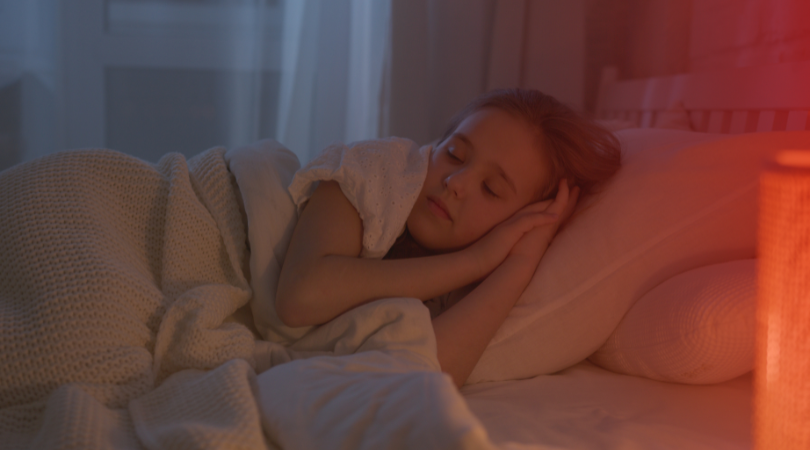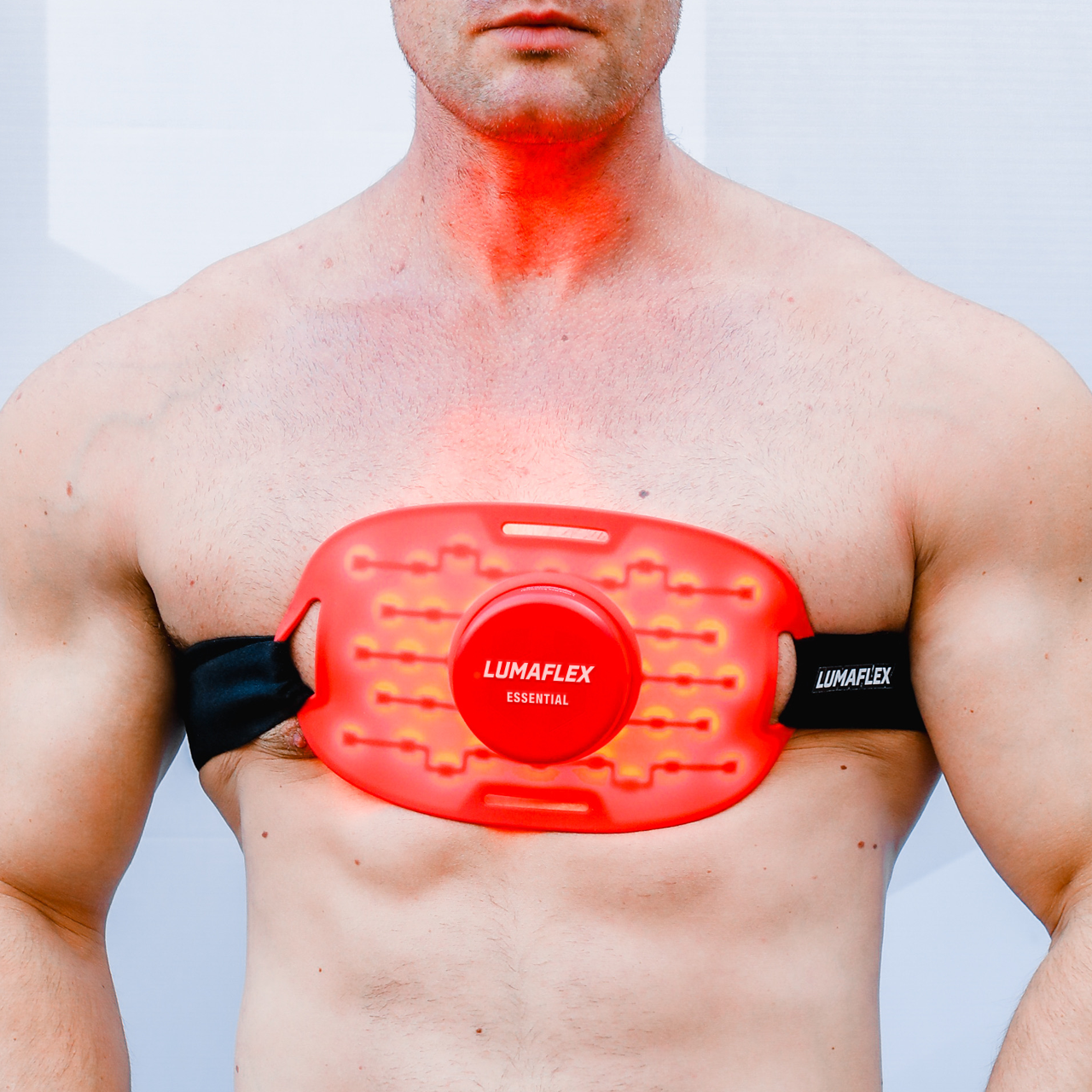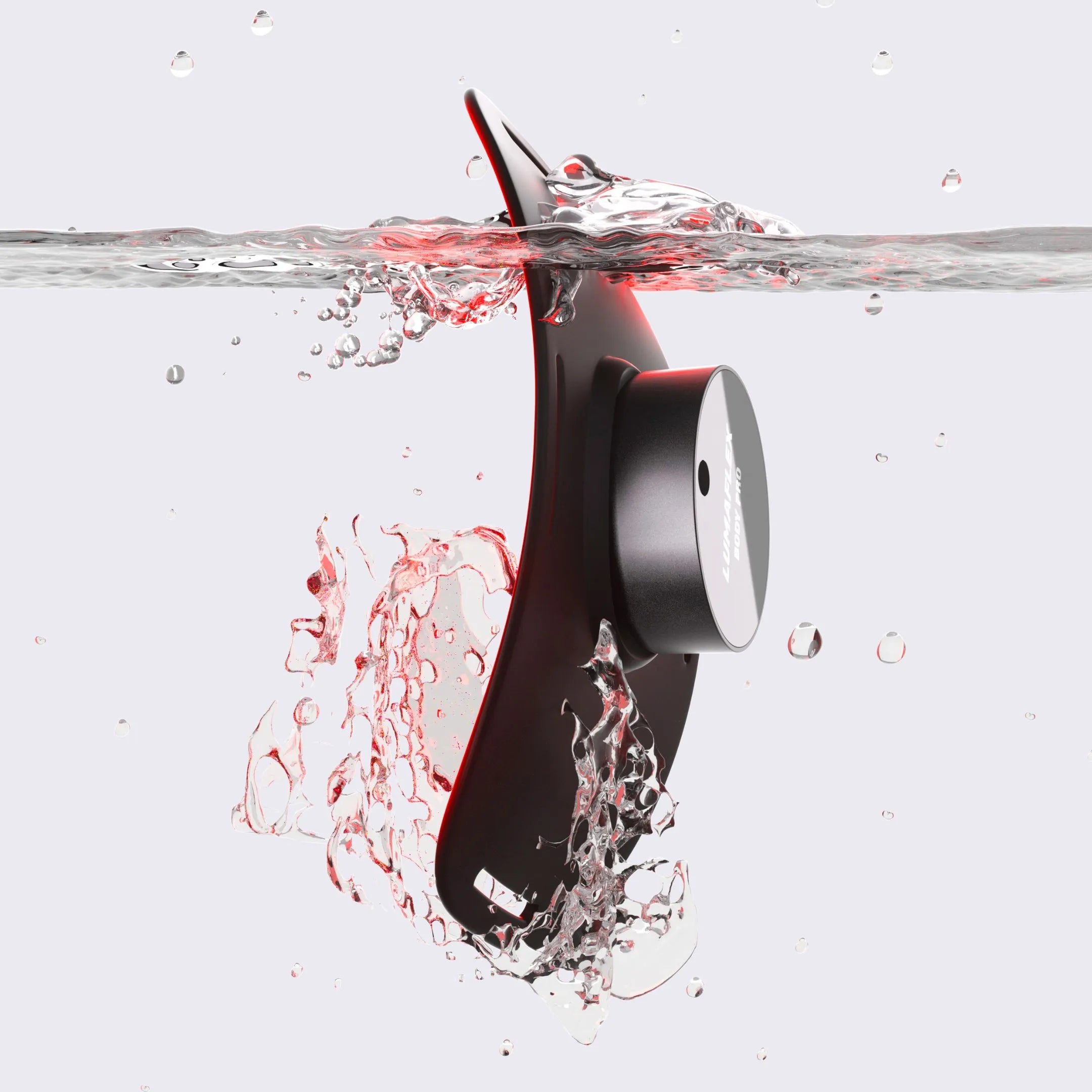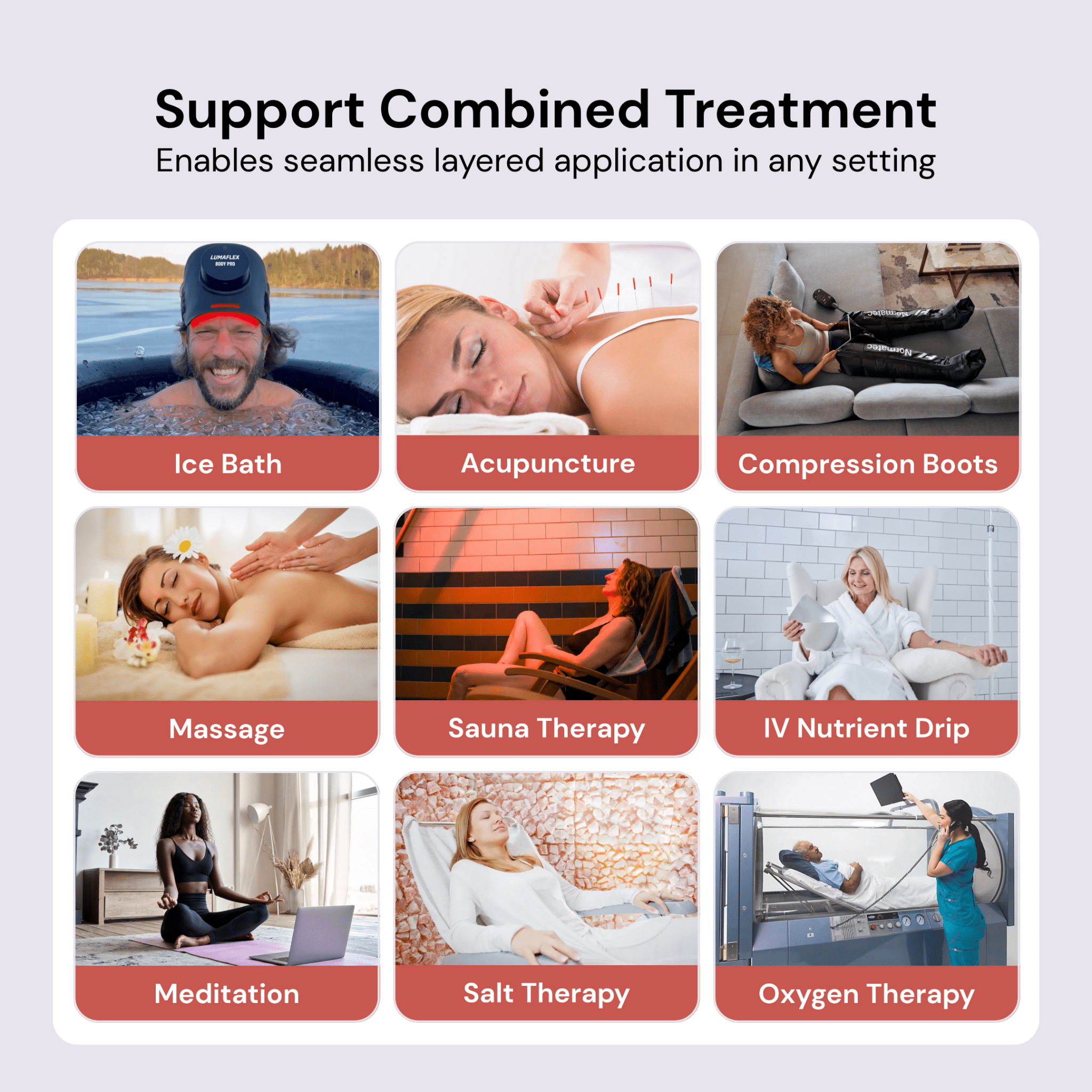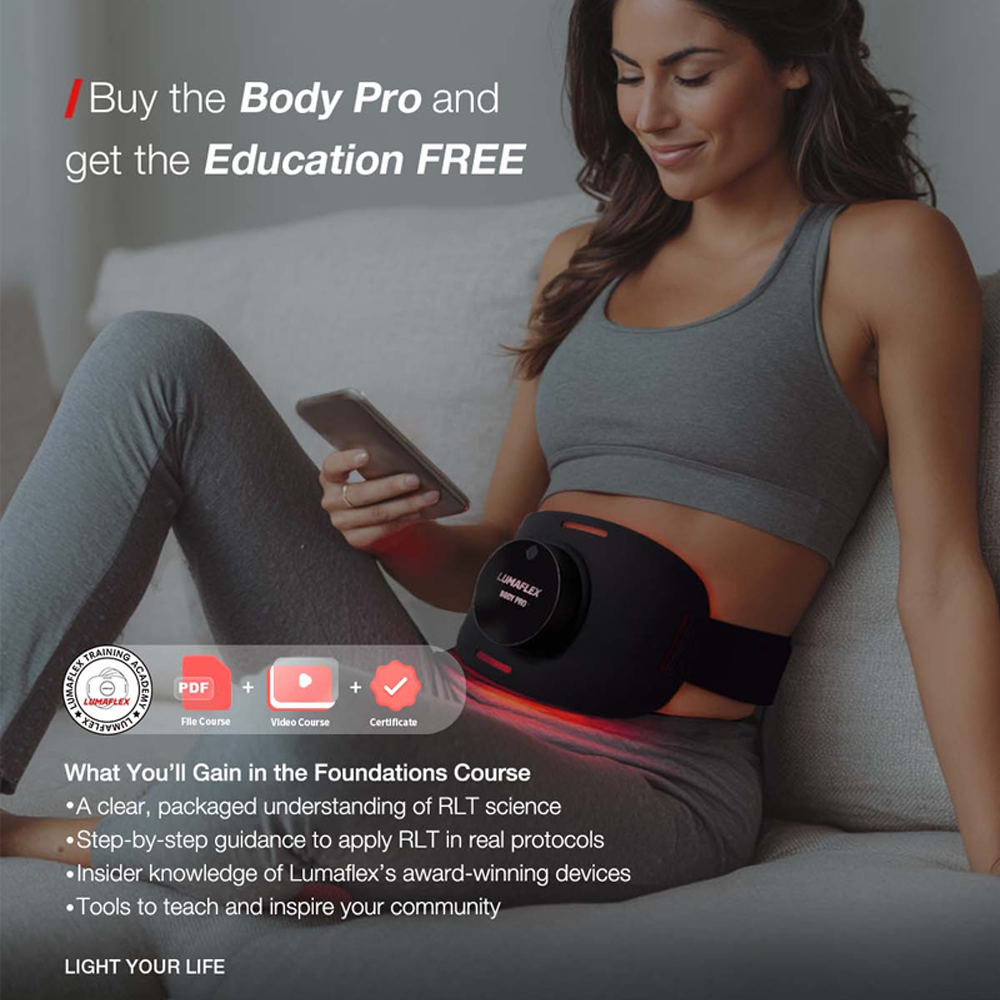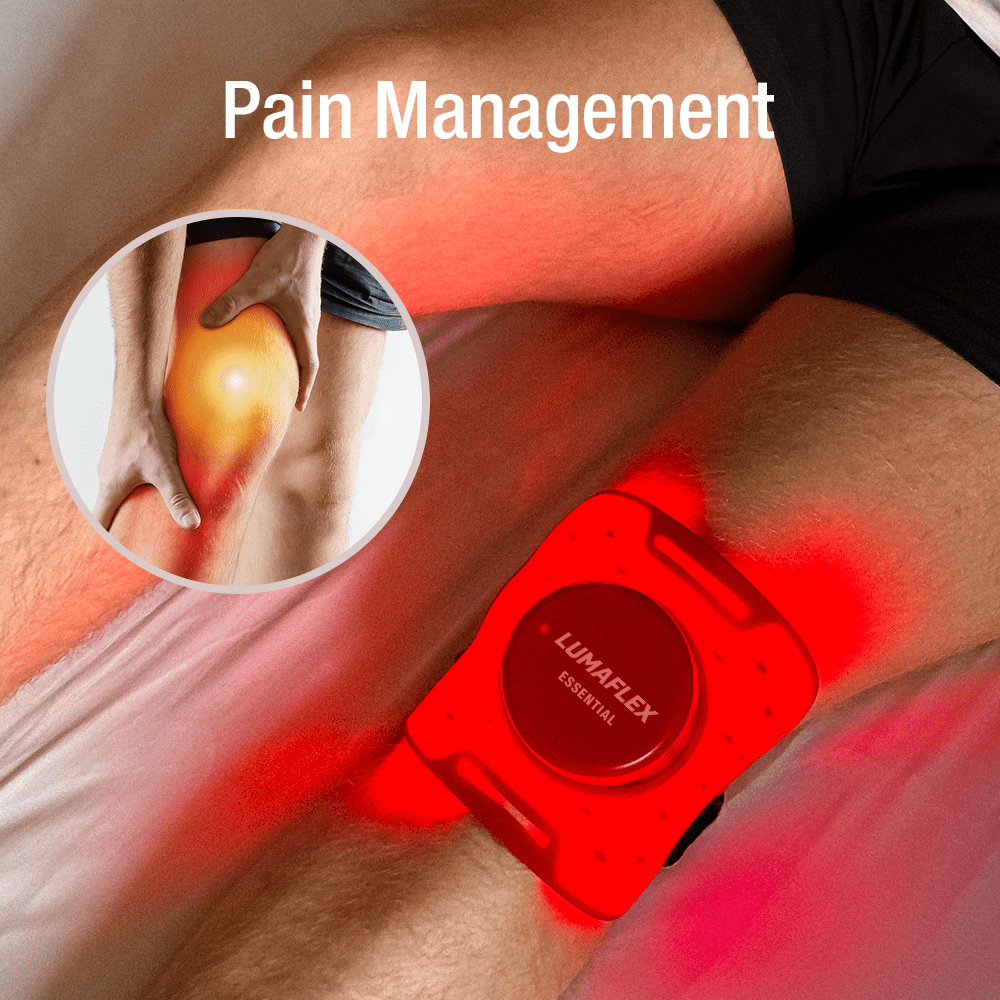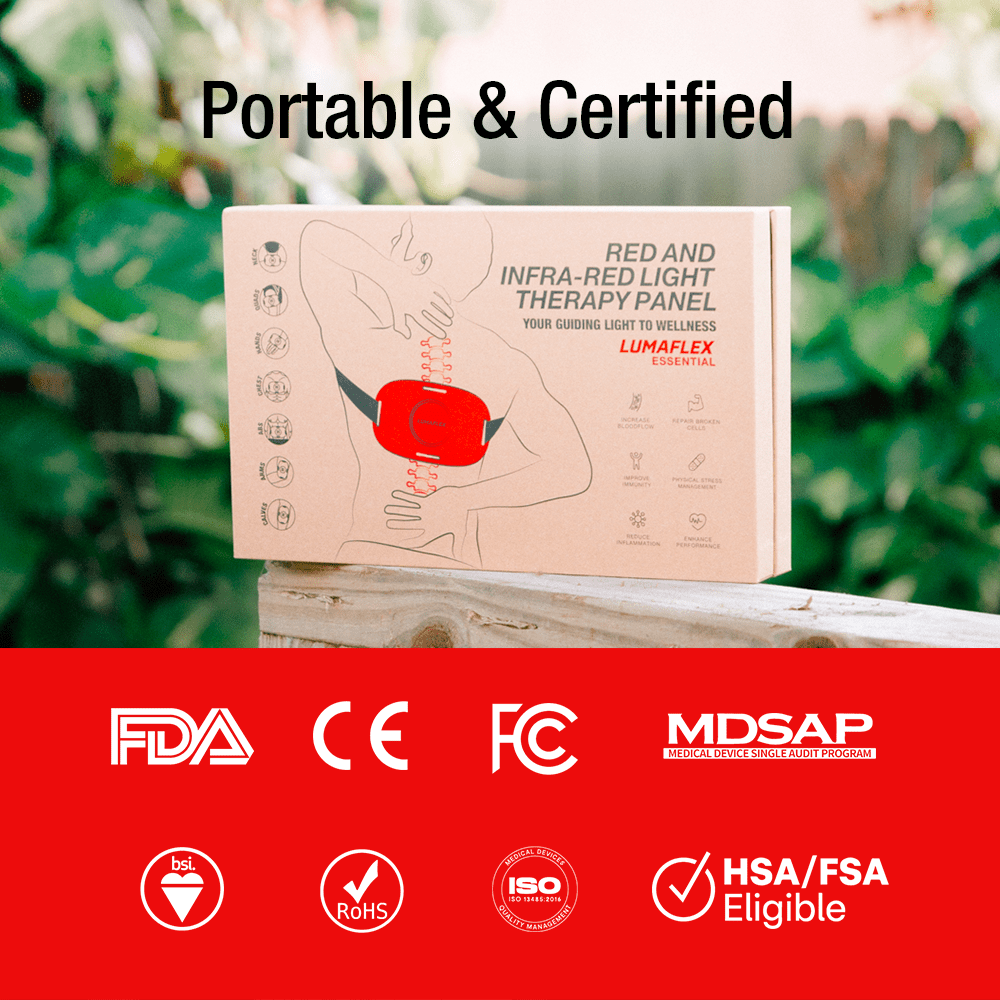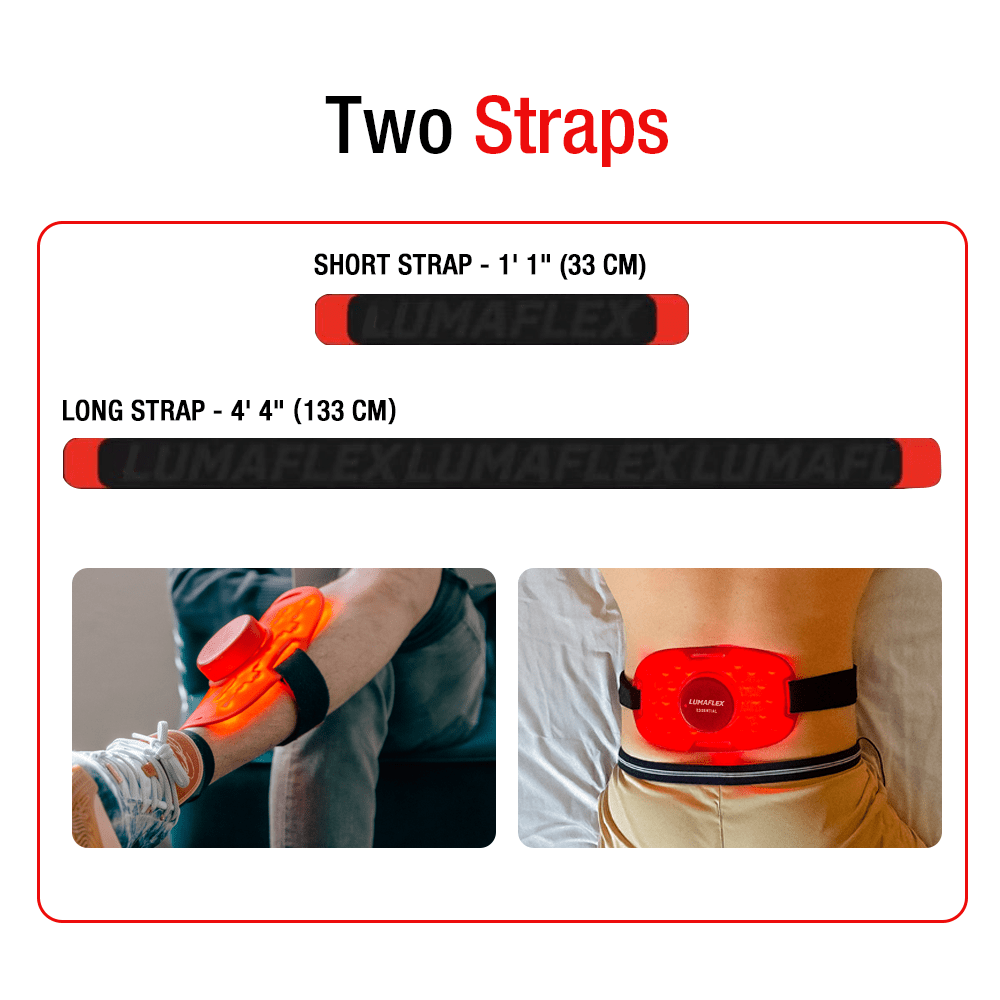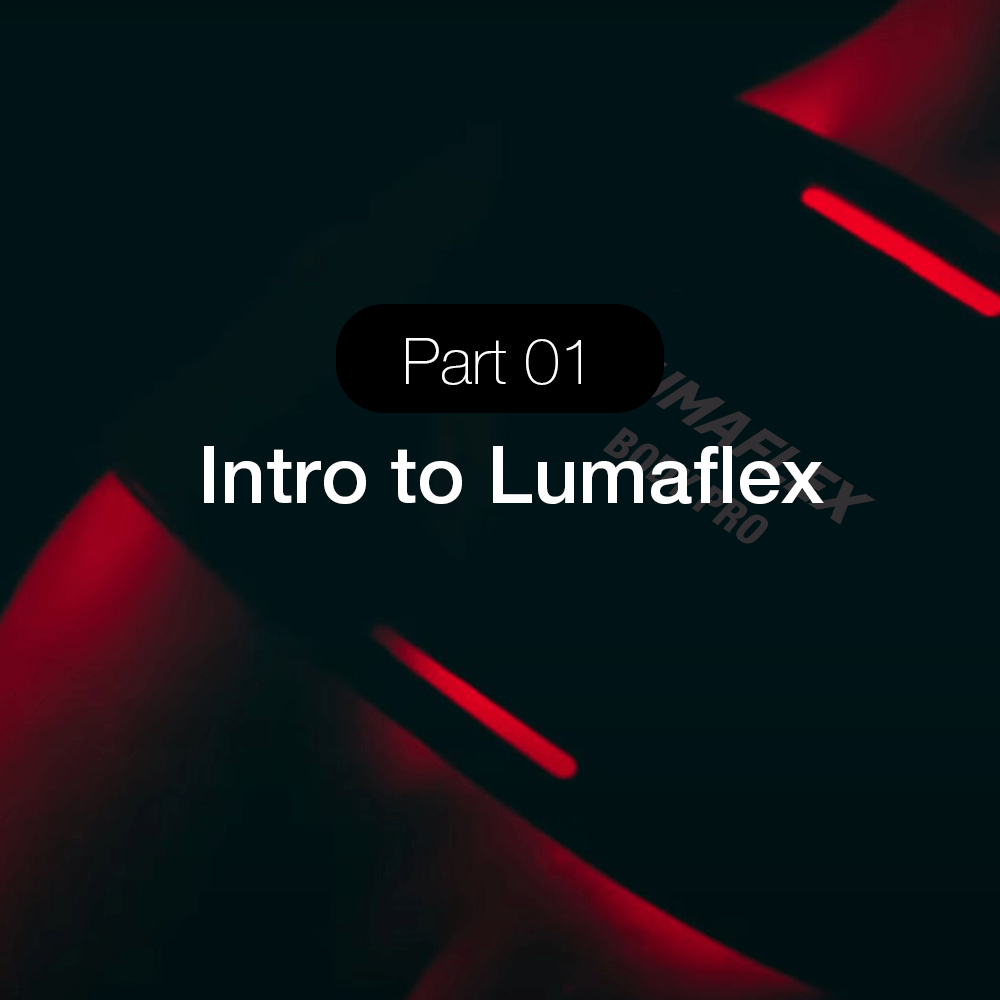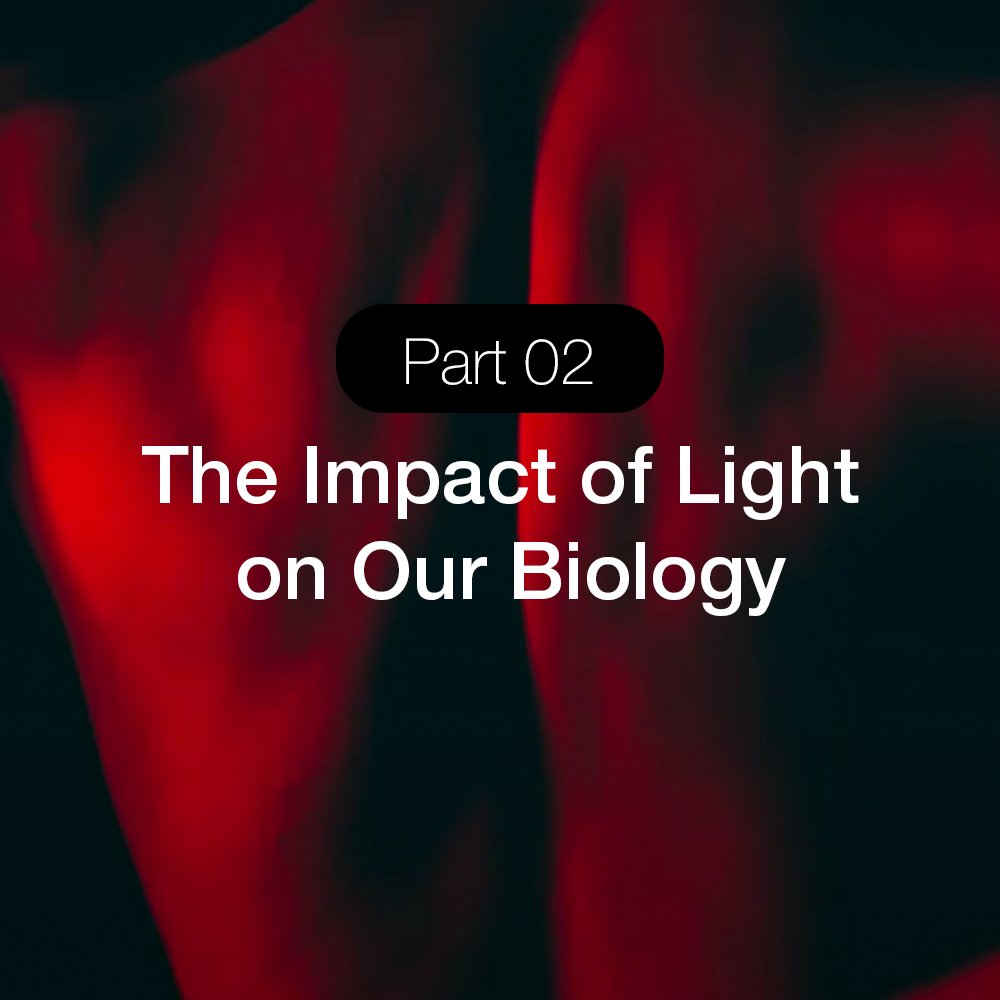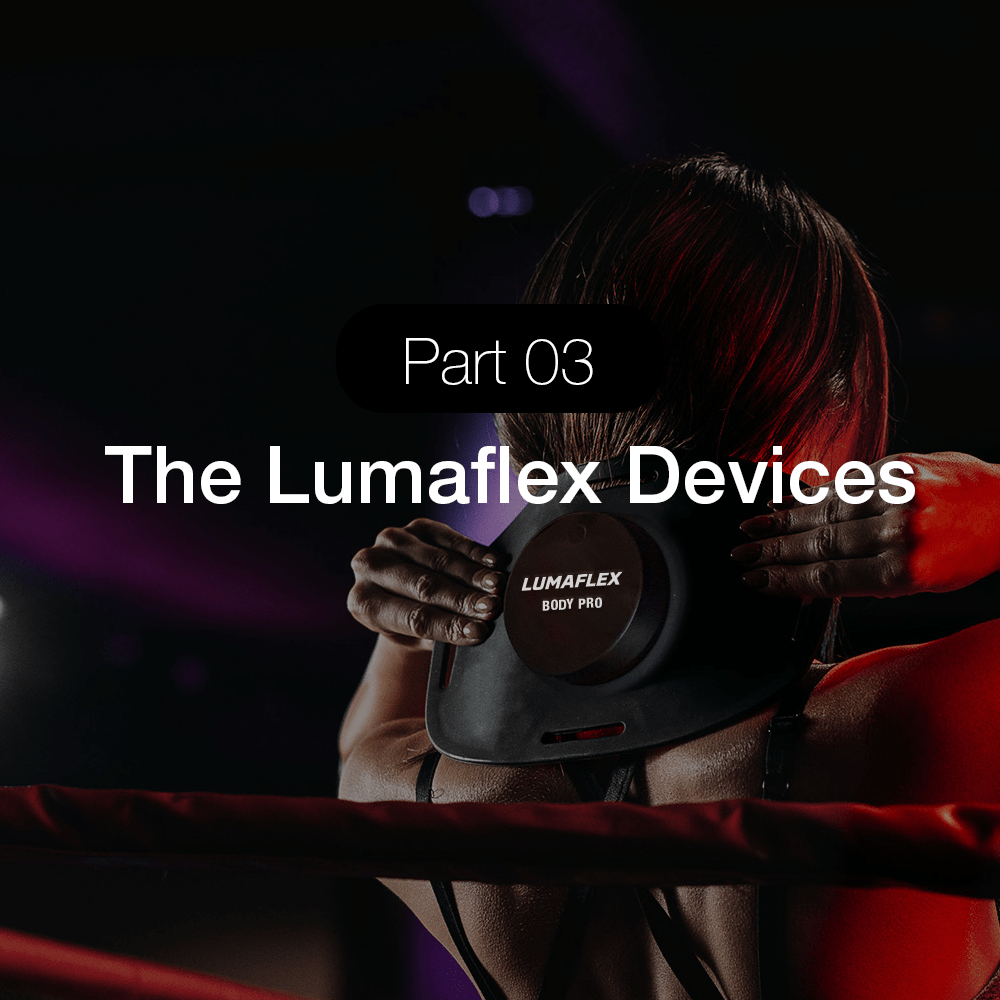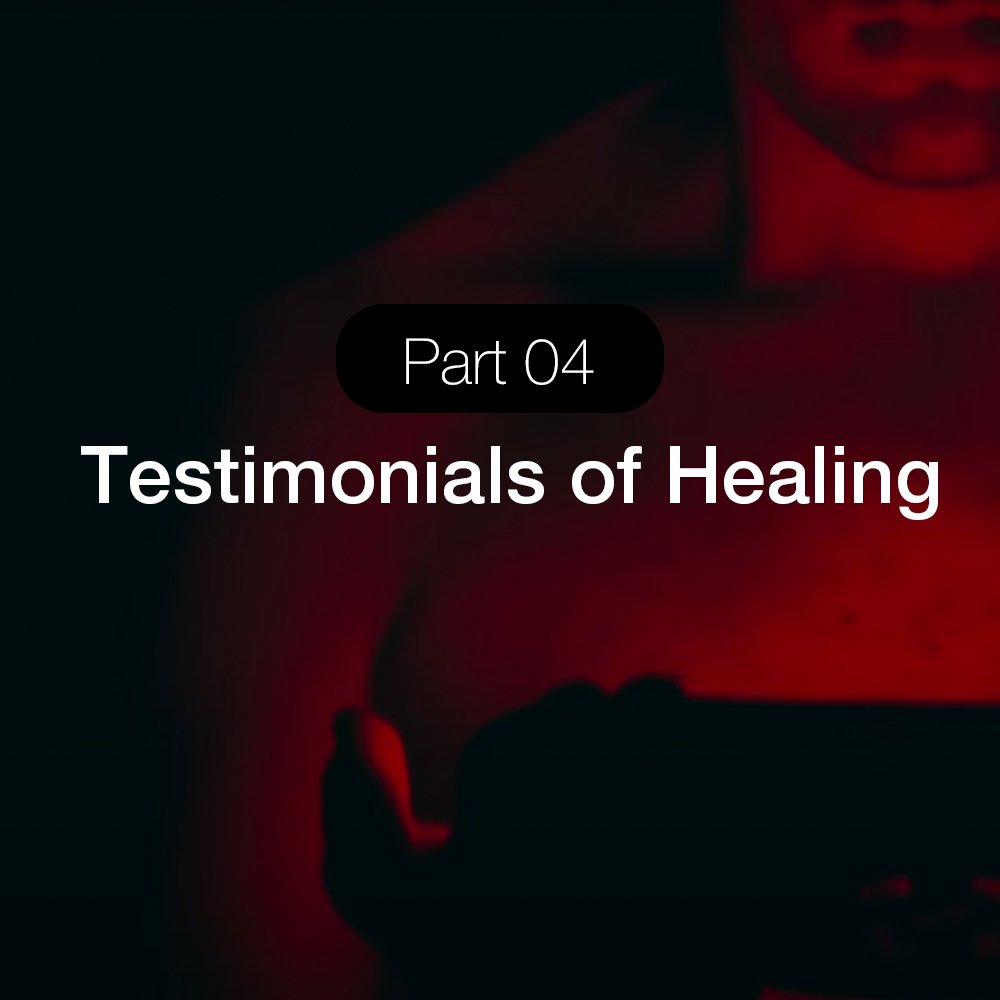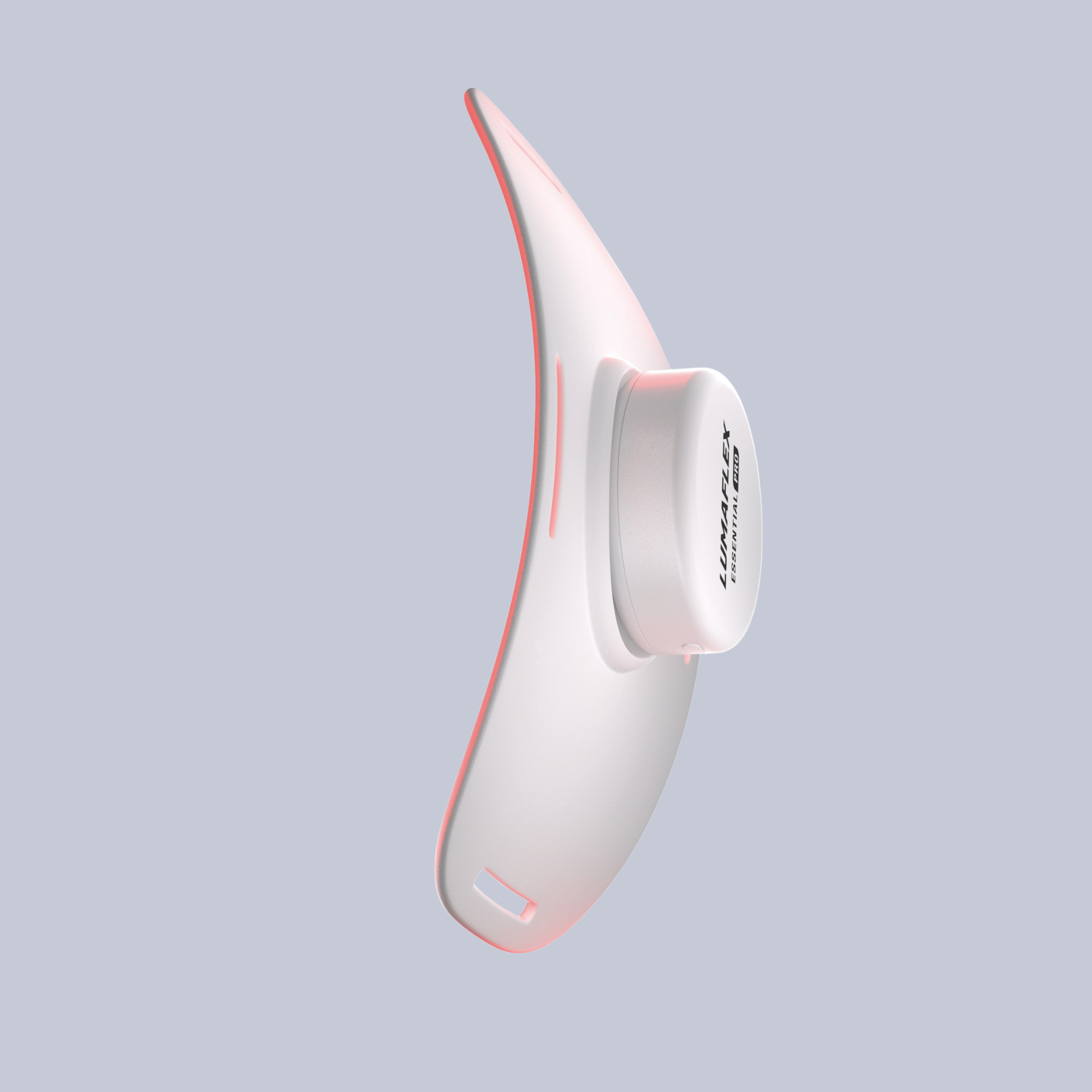Red Light Therapy for IBS: Relief from Bloating & Pain

Red Light Therapy for IBS: Can It Really Help With Symptoms?
Red Light Therapy for IBS: If you live with IBS, you know it’s more than just a “sensitive stomach.” One day you might feel fine, and the next you’re doubled over with cramps, rushing to the bathroom, or so bloated your clothes feel tight. Plans get canceled, meals out become stressful, and even a simple commute to work can feel like a gamble.
Many people try everything from restrictive diets to medications, yet the IBS relief
is often incomplete. That ongoing struggle has led some to explore other approaches for comfort and control.
One option drawing attention is red light therapy for IBS. This gentle, non-invasive treatment uses specific light wavelengths that may help calm gut inflammation, support cell repair, and ease digestive discomfort. While it’s not a cure, it could offer support in managing symptoms day to day.
With safe, at-home options like Lumaflex, trying red light therapy doesn’t require complicated routines or frequent clinic visits. It can simply become part of your gut care toolkit.
Table of contents
Understanding IBS: Why Symptoms Are So Hard to Control
You might be wondering to yourself, “What is IBS?” - Irritable Bowel Syndrome (IBS) is one of those conditions that hides in plain sight. On the outside, you might look fine. But inside, your gut is anything but calm. IBS affects the large intestine and brings a mix of symptoms that can show up without warning, making daily life unpredictable.
The most common IBS symptoms include:
Bloating and abdominal discomfort
Cramping or sharp pains that come and go
Excess gas
Changes in bowel habits, from diarrhea to constipation, or even both at different times
Unlike Crohn’s disease or ulcerative colitis, IBS doesn’t cause visible damage to the digestive tract. Tests often come back “normal,” even when the gut clearly isn’t functioning properly. This is why IBS is called a functional disorder. It disrupts how the gut works, not how it looks.
What makes IBS especially frustrating is its connection to the gut-brain axis. Stress, anxiety, and emotional changes can directly affect digestion. The more symptoms flare, the more stressed you feel, and the cycle continues.
There isn’t a single cure for IBS. That doesn’t mean you’re powerless, though. Understanding your unique triggers, whether certain foods, stressful situations, or lifestyle patterns, can help you take back some control. With the right tools and support, living with IBS can feel less like a constant disruption and more like something you can manage.

How Red Light Therapy Helps IBS by Calming the Gut
If you’ve ever wondered how red light therapy works, it’s simpler than it sounds. Though it might seem like something out of advanced medicine, it is essentially a method of using light in very specific ways. The process, called photobiomodulation, involves red and near-infrared wavelengths that pass through the skin and reach the cells underneath. Once absorbed, the light stimulates the mitochondria, which are the parts of cells responsible for creating energy.
When cells have more energy, they repair and function more effectively. For people with IBS, this may mean calmer digestion, less bloating, and fewer painful cramps.
Researchers have identified several possible mechanisms:
Reducing inflammation
In animal studies, red and near-infrared light lowered pro-inflammatory cytokines such as IL-1β and IL-18 while raising anti-inflammatory cytokines like IL-10. These immune system shifts suggest that light therapy could help reduce irritation in gut tissues. (Frontiers in Neuroscience, 2023)Supporting the microbiome
Experiments show that light can influence the balance of bacteria in the digestive system. In early trials, exposure encouraged the growth of beneficial strains while limiting harmful ones. This emerging area of study is sometimes referred to as photobiomics. (PMC, 2019)Improving the gut–brain connection
A study from the University of Barcelona found that applying light to both the head and abdomen of stressed mice helped restore gut microbiome balance and reduced brain inflammation. Since stress is one of the strongest IBS triggers, these findings may have meaningful implications. (ScienceDirect, 2024)
Human research is still in the early stages, but these results point to real potential. By easing inflammation, supporting microbial health, and calming the stress response, red light therapy may offer meaningful support for gut health, especially for people with IBS.
Red Light Therapy for IBS Symptoms: Bloating, Cramps, and Stress
Living with IBS often means dealing with bloating, sudden pain, and the constant worry of when symptoms might flare. While diet changes and medications remain the most common approaches, many people are looking for additional ways to find steady relief. Red light therapy is being explored as one of those options, with early findings suggesting it may help manage several core symptoms.
Reduced Bloating and Abdominal Pain
Bloating and abdominal cramps can disrupt everything from meals to sleep. Red light therapy may provide support in two key ways:
Inflammation control: A 2023 review in Gastroenterology and Hepatology from Bed to Bench noted that red and near-infrared wavelengths (630–1200 nm) can reduce inflammation in gut tissues. Calming this irritation may ease the tight, swollen feeling that often comes with IBS.
Muscle relaxation: Cramping in the intestinal muscles is another major trigger for pain. By improving circulation and supporting cellular repair, light therapy may help the muscles relax more naturally, potentially reducing the intensity of spasms.
Calming Gut Inflammation
Even though IBS does not cause the type of visible inflammation seen in Crohn’s or ulcerative colitis, IBS studies suggest there is often a low-grade inflammatory response. This can irritate the gut lining and make flare-ups worse. By enhancing mitochondrial activity, red light therapy may help cells repair themselves and lower oxidative stress, both of which are linked to reduced inflammation.
Supporting a Balanced Microbiome
The gut microbiome plays a central role in digestion, immunity, and even mood regulation. Early laboratory and animal studies indicate that light therapy might encourage the growth of beneficial bacteria while suppressing less helpful strains. Although human studies are still limited, this suggests that red light therapy could support a healthier balance in the gut. Pairing light exposure with probiotics or fermented foods may help strengthen this effect.
Improved Stress Response and Relaxation
Stress and IBS are closely connected. A stressful day can trigger a flare, and the discomfort from IBS often adds even more stress in return. Red light therapy has been shown to help reduce cortisol, the body’s main stress hormone, and encourage a shift toward relaxation. By calming the nervous system and improving communication along the gut–brain axis, light therapy may help break the cycle of stress and flare-ups, creating more stability over time.

What Science Says About Red Light Therapy and Gut Health
The Red light therapy research for IBS is still in the early stages, which means there are not yet many large-scale clinical trials. Even so, several studies on digestive health and related conditions are beginning to paint a hopeful picture.
Current Insights on Gut Health
A 2025 study in the Journal of Photochemistry and Photobiology reported that red and near-infrared light can influence the gut microbiome and calm inflammation in the intestine. Animal research has also shown that these wavelengths may speed up healing in digestive tissues. For people with IBS, this could mean less irritation in the gut lining and a stronger foundation for digestive balance.
Clues from Related Conditions
Since IBS shares overlapping features with conditions such as Crohn’s disease and ulcerative colitis, researchers often look at those studies for guidance. Inflammatory bowel disease trials suggest that light therapy can reduce markers like TNF-alpha, which are closely tied to digestive inflammation.
Research on gastric ulcers has also found that red light exposure can stimulate collagen production, improve circulation, and enhance oxygen delivery to damaged tissues. These effects are all relevant for IBS because they support repair and reduce stress on the gut.
What This Means for People with IBS
The science is not yet definitive, but it is encouraging. What the evidence does show is that red light therapy may help calm inflammation, promote repair of the intestinal lining, and strengthen gut function overall. For now, the therapy is best viewed as a complement to established IBS management strategies such as diet, stress reduction, and medical treatment.
Using Red Light Therapy for IBS Relief at Home
Red light therapy is straightforward to use, but how much it helps often depends on making it part of your regular routine. Since IBS already adds a layer of unpredictability to daily life, it helps when a treatment feels easy to fit in rather than one more burden.
Targeted vs. Full-Body Treatment
If your main struggles are bloating or cramping, placing a handheld device or small panel over your abdomen may feel most effective. Many people describe the gentle warmth of the light as soothing during flare-ups, similar to a heating pad but with added therapeutic benefits.
Full-body panels, on the other hand, are better suited for people who want broader support, especially if stress plays a big role in their flare-ups. Standing in front of a larger panel at the end of the day can feel like a moment to reset. Some users even rotate between the two approaches, using targeted sessions when symptoms are active and full-body sessions when they want general wellness support.
Frequency and Duration
Red light therapy at home usually works best in short and steady sessions. A common starting point is five to fifteen minutes, three to five times per week. For example, someone might switch on their device while listening to a morning playlist or use it before bed as part of winding down. By weaving it into daily routines, the therapy feels less like a treatment and more like a habit.
Relief often builds gradually. Some people start to notice less bloating or fewer cramps within a couple of weeks, while others take longer. It’s helpful to give the therapy several weeks before deciding whether it makes a difference.
Best Practices for Getting Results
To make your sessions as effective as possible:
Position the device six to twelve inches from your stomach unless the manufacturer advises otherwise.
Follow your device’s instructions for timing and distance to avoid overuse.
Stay hydrated before and after sessions to support your body’s natural repair processes.
Pair therapy with other gut-friendly habits, such as probiotics, gentle movement, and stress management.
Red light therapy is not a replacement for professional medical care. It can, however, be a supportive tool when added to your daily rhythm. Whether that looks like a quick morning session or a calming practice before bed, creating consistency may give you another way to ease IBS symptoms.

Is Red Light Therapy Safe for IBS? What to Know Before You Start
Trying something new for IBS often raises questions about safety, especially when flare-ups already make daily life feel unpredictable. The good news is that red light therapy is considered very safe when used properly, and most people tolerate it without any problems. Still, it helps to know what to expect and when to take extra precautions.
General Safety Profile
Red light therapy does not involve UV rays, so it will not damage the skin the way sun exposure can. Most people report little more than a gentle warmth during sessions. Occasionally, the skin may look slightly red afterward, similar to the way it feels after sitting near a fireplace, but this usually fades quickly. For most users, the therapy feels mild and calming rather than harsh.
When to Take Extra Care
There are a few situations where checking with a healthcare professional is especially important. If you are pregnant, research on red light therapy is still limited, so it is best to speak with your doctor before starting. People with photosensitivity conditions, or those taking medications that increase light sensitivity, should also be cautious. If you have a pacemaker or other implanted device, make sure to get medical clearance first to reduce the risk of red light therapy side effects.
Building a Balanced Approach
While red light therapy can help ease symptoms, it works best as part of a broader plan. Many people find greater relief when they combine it with a gut-friendly diet, regular hydration, stress management, and gentle exercise. For example, using the light in the evening after a short walk or meditation session can reinforce the sense of calm that helps digestion.
In short, red light therapy is a safe and gentle tool for most people with IBS. Paying attention to your body, following device guidelines, and blending it with other supportive habits can make it a reliable part of your routine without adding unwanted risks.
FAQs About Red Light Therapy for IBS
Does red light therapy cure IBS?
No. It does not cure IBS, but it may ease symptoms like bloating, cramps, and gut inflammation. It works best as part of a broader IBS management plan.
How long does it take to notice results?
Some people notice less bloating within 2–4 weeks. More consistent relief usually takes 4–6 weeks, depending on your routine and device.
Can I safely use red light therapy at home for IBS?
Yes. At-home devices are safe when used at the recommended distance and duration. Always follow manufacturer instructions for the best results.
Where should I place the device for IBS relief?
For targeted relief, place the device over your abdomen. Full-body panels can also support stress reduction and overall gut–brain balance.
Can red light therapy stop IBS flare-ups?
Not completely. It may lower the frequency and intensity of flare-ups by calming the gut and easing spasms. Many people notice flare-ups feel less disruptive with steady use.
What do doctors think about red light therapy for IBS?
Some remain cautious, but many integrative doctors see it as a safe, supportive option for IBS relief. More clinical trials are needed before it becomes mainstream.
Is red light therapy for IBS covered by insurance?
Generally no. Most providers do not cover it since it is still considered experimental. Check with your insurer if you have coverage for pain or inflammation therapies.
Lumaflex Red Light Therapy: IBS Relief Without the Clinic Visit
Managing IBS often requires a mix of strategies, from changing your diet to managing stress levels. Having an at-home option that is simple and consistent can make a big difference, and that is where Lumaflex fits in.
Red Light Therapy Devices Designed for Digestive Health
Lumaflex red light therapy device for IBS uses wavelengths between 630 and 850 nanometers, the same ranges studied for reducing inflammation and supporting cellular repair. These devices are built to target the abdominal area, focusing on gut health rather than being just general-purpose wellness lights.
Safe and Convenient for Daily Use
Sessions take only 10 to 20 minutes, which makes it easy to add into a morning or evening routine. Many people use the device while reading or relaxing, turning therapy into a calm part of their day. The treatment feels gentle and non-invasive, so it does not add more strain to an already sensitive digestive system.
Backed by Research and Real Experiences
Studies published in Lasers in Medical Science and other journals have highlighted the ability of red light therapy to reduce inflammation and improve tissue recovery. Lumaflex devices are designed with this science in mind, while also being accessible for at-home use. Users often describe feeling less bloated and more comfortable after several weeks of regular use.
With Lumaflex, you can access red light therapy without the need for frequent clinic visits. It brings together research-backed technology and practical design, giving people with IBS an easy way to add supportive care into their daily lives.

Key Takeaways: How Red Light Therapy Supports IBS Relief
Living with IBS often means juggling different strategies to find relief. While no single solution works for everyone, red light therapy is showing promise as a safe and supportive option that can fit into daily life. Here are the main points to remember:
IBS can be difficult to manage, with symptoms like bloating, cramping, and unpredictable bowel habits often disrupting daily life.
Research suggests red light therapy for IBS may help by reducing gut inflammation, easing abdominal pain, and supporting stress balance.
The therapy is safe, gentle, and easy to use at home when following manufacturer guidelines.
While it is not a cure, red light therapy can become part of a broader IBS management plan alongside diet, hydration, stress reduction, and movement.
At-home devices such as Lumaflex make it possible to use this approach consistently without relying only on medications or frequent clinic visits.
While red light therapy won’t erase IBS, it may become one of the effective IBS relief solutions when paired with other healthy habits. For many people, it offers a manageable way to regain comfort and a sense of control over daily life.
If you’re ready to explore the benefits of red light therapy for IBS and see how they can fit into your routine, Lumaflex offers safe, research-backed devices designed for at-home use. With just a few minutes a day, you can start building a supportive practice to help ease symptoms and improve comfort.
Related Readings About Red Light Therapy for IBS
- Red Light Therapy for Gut Bacteria & Digestive Health
- How Red Light Therapy Can Help Alleviate Stomach Pain and Discomfort
- Gut Microbiome Dysbiosis: Can Light Therapy (PBMT) Help?
- Red Light Therapy for Metabolism: Unlocking the Science of Its Effects on Metabolic Health
- Red Light Therapy for Thyroid: How It Supports Energy, Metabolism & Wellness
- What is Biohacking Diet? Why 80% of Health Enthusiasts Are Ditching Traditional Diets
- NAD IV Before and After—How Red Light Therapy Enhances Results
- Harnessing Lumaflex Red Light Therapy for Weight Loss
- Red and Infrared Light Therapy with Lumaflex CEO, John Graham
- LED Photobiomodulation Therapy for Abdomen Fat Reduction



